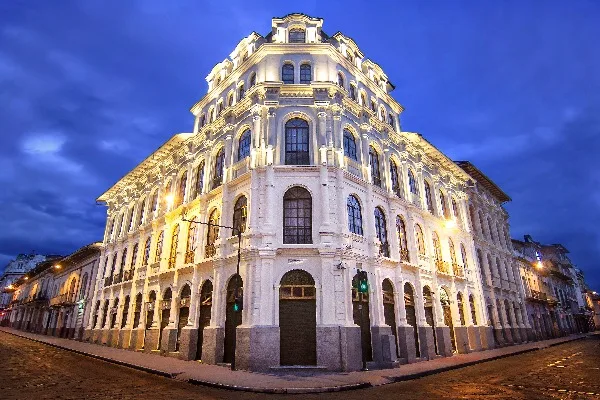Inflation hits six-year high but remains far below rates of other Latin American countries
Although Ecuador registered its highest inflation in six years in April, the rate remained far below that of neighboring Colombia and Peru as well as other Latin American countries. On an annualized basis, inflation stood at 2.9 percent increase at the beginning of May.

Food prices held steady in April, according to the government, but prices for most imported items were up sharply.
Colombia’s rate reached 9.23 percent in April while Peru’s was 8.62.
In its monthly report, the National Institute of Statistics and Censuses said that it expects inflation to continue to rise and predicts a 3.8 percent rate over the year. “Ecuador’s economy continues to be affected by the coronavirus pandemic as well as the war in Ukraine,” INEC said. “Our predictions are based on improving pandemic conditions and a prolonged war in Europe but these factors are subject to change.”
According to Finance Minister Simón Cueva, imported products are the major driver of inflation. “The cost for fuel, fertilizer, construction equipment, agricultural machinery, international transport and many good items have risen by 10 percent or more since the beginning of the year and we don’t have any sign that prices will subside anytime soon,” he said. Although the price of regular gasoline, diesel and LP gas are subsidized by the government, fuel costs for high-test gasoline and jet fuel for airlines have risen sharply, he added.
Food prices, which make up 32 percent of the inflation calculation, held steady in April although Cueva conceded there are government cost controls on some products that will need to be adjusted for international inflation. “The price of wheat is rising and since most of it is imported, the allowance that bakers and pasta manufacturers can pass on to consumers will need to increase.”
He added that many imported food items, such as cooking oil and cheese, have increased. “Many of these products are optional for Ecuadorians but some, like oil, are not.”
In addition to the rising cost of imports, Ecuadorians are affected by other international inflationary factors, says University of Guayaquil economics lecturer Todd Gorman. “Remittances from Ecuadorians living and working overseas is the third largest income source for the country and high inflation in the U.S., Canada and Europe means higher living costs, which could mean the amount of money sent home could be reduced,” he says. “Inflation in the U.S. is almost nine percent and rents have increased 15 to 20 percent in less than a year.”
He added: “There are almost two million Ecuadorians living overseas so it’s easy to understand the impact they have on the economy.”





















